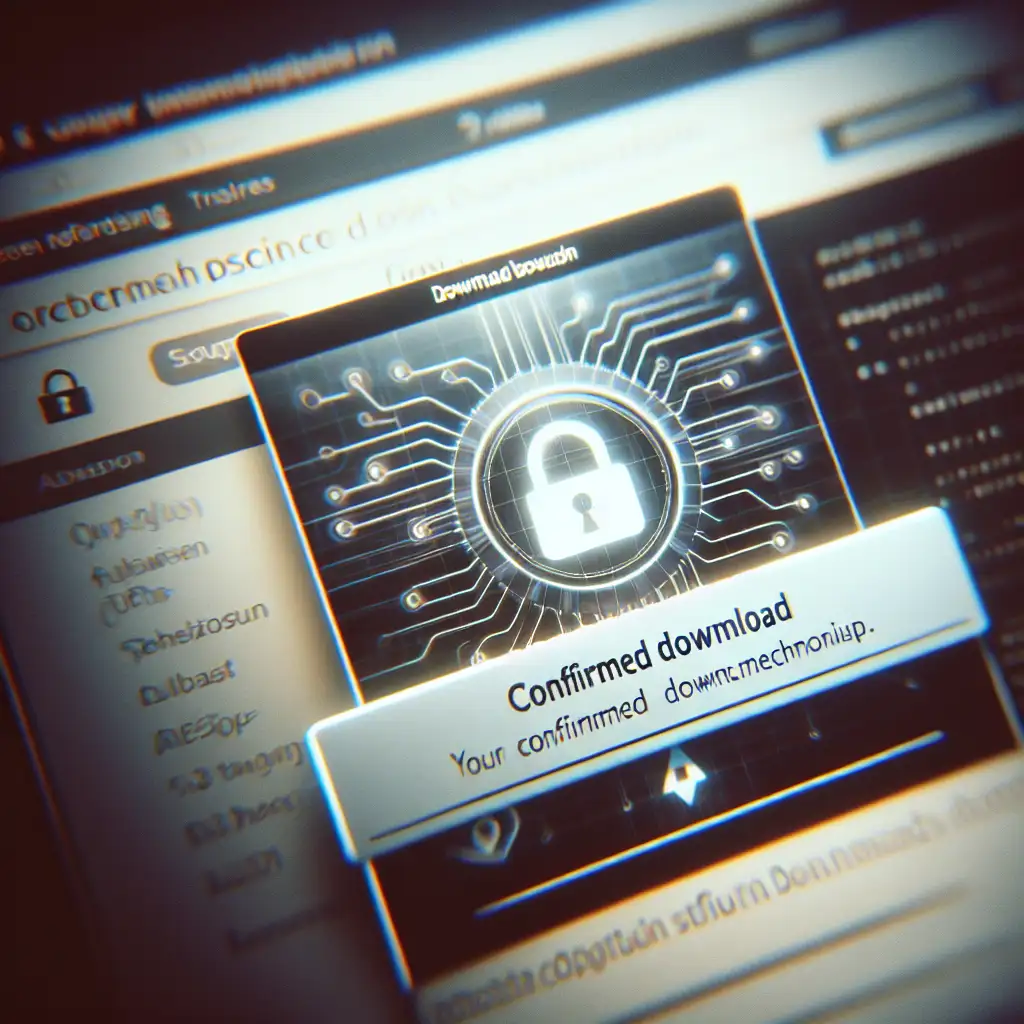Secure Download of Linux Operating Systems: Engineer’s Workflow
Stable, uncompromised installs start before the first line of code runs or a system boots. The download stage is a frequent point of failure—operators regularly waste hours debugging corrupted boots or hardware mismatches rooted in a bad ISO. Here’s how to mitigate those issues from the outset.
1. Select Distribution and Source with Intent
- Project requirements define distro. For general desktop use, Ubuntu 24.04 LTS (
ubuntu-24.04.1-desktop-amd64.iso). For containers or minimal VMs, Alpine or Debian Netinst. Bleeding-edge development? Consider Fedora 40 or Arch’s rolling release. - Always use official sources. Only download ISOs from the project’s HTTPS primary site or officially listed mirrors. Third-party aggregators compromise integrity, and even a single tampered byte risks system-level compromise.
Example:
- Ubuntu:
https://ubuntu.com/download/desktop - Fedora:
https://getfedora.org/
Note: Avoid “mirror aggregator” sites touting multiple OSes—malware often spreads this way.
2. Pin Down Version and Architecture
Mixing up releases is a classic root cause of failed installs or non-booting USBs.
- Current LTS for stability, latest for new features. Check if hardware requires specific kernel versions (e.g., WiFi chipsets).
- Match architecture. Use
x86_64(akaamd64) for most servers and desktops post-2015. ARM is for Raspberry Pi or certain cloud instances. - Verify file size matches expectation—partial downloads occur more than you’d expect; most Ubuntu desktop ISOs run 4–5GB.
3. Fetch from Secure, Local Mirrors
Download speed matters, but integrity trumps speed.
- Use HTTPS. No exceptions.
- Choose geographic proximity (EU users to
ftp.de.debian.org, US users tomirror.math.princeton.edu/pub/ubuntu/, etc.). - If you must script or automate (CI), prefer
wget --https-only --inet4-only.
4. Confirm File Integrity: Hash and Signature
Critical: Genuine security starts here.
- Get the official SHA256 or SHA512 checksum from the distro’s site.
- Verify the downloaded ISO:
On Linux/macOS:
sha256sum ubuntu-24.04.1-desktop-amd64.iso
# expect:
# a1b2c3d4... actual hash
Compare this output with the reference. Mismatches mean throw it out; redownload.
On Windows:
Get-FileHash .\ubuntu-24.04.1-desktop-amd64.iso -Algorithm SHA256
- PGP signature: (non-trivial but robust, especially for audit-bound environments.)
gpg --keyserver hkps://keyserver.ubuntu.com --recv-keys 0xXXXXXXXX
gpg --verify ubuntu-24.04.1-desktop-amd64.iso.gpg ubuntu-24.04.1-desktop-amd64.iso
Side note:
md5sum is deprecated due to collision risks—only use for legacy troubleshooting.
5. Write ISO to USB: No Copy-Paste
Standard file copy will not produce a bootable device. Use a purpose-built imaging tool.
- Windows: Rufus (select “ISO mode” for standard images).
- macOS: balenaEtcher.
- Linux:
sudo dd if=ubuntu-24.04.1-desktop-amd64.iso of=/dev/sdX bs=4M conv=fsync status=progress
Replace/dev/sdXwith the correct block device—double-check withlsblk. A single misstep can wipe the wrong drive.
Known issue: Some UEFI systems balk at unformatted/wrongly partitioned USBs. Rufus's “GPT for UEFI” option addresses this for modern hardware.
6. Mind UEFI/Secure Boot and Compatibility Gotchas
- UEFI vs Legacy BIOS: Modern distributions support both, but not always out-of-the-box—hardware several years old defaults to Legacy mode.
- Secure Boot: Ubuntu- and Fedora-signed ISOs typically work without toggling firmware settings; Arch and others may require you to disable Secure Boot.
- Detect firmware mode:
- Windows:
msinfo32→ “BIOS Mode” - Linux:
ls /sys/firmware/efi(directory exists = UEFI)
- Windows:
Tip: Some NVMe or RAID chipsets require kernel drivers unavailable in older images. If you see No disks found in installer logs, update your image.
7. Troubleshooting Reference Table
| Issue | Symptom/Error | Root Cause | Resolution |
|---|---|---|---|
| USB not bootable | “No bootable device”, blinking cursor | Incomplete flash | Reimage with Rufus/Etcher, confirm checksum |
| Installer aborts early | “Corrupt media”, kernel panic | Bad download | Double-check SHA256, re-download |
| Unsupported hardware warning | “No compatible device found” | Wrong arch | Use x86_64 for PC, ARM for Pi |
| UEFI refuses to load media | Blackscreen or firmware error | Partition errors | GPT/MBR mismatch, reconstruct with Rufus |
Practical Example: Download and Verify Ubuntu 24.04 LTS
wget https://releases.ubuntu.com/24.04/ubuntu-24.04.1-desktop-amd64.iso
wget https://releases.ubuntu.com/24.04/SHA256SUMS
# Verify hash
grep "ubuntu-24.04.1-desktop-amd64.iso" SHA256SUMS | sha256sum --check
Output should be:
ubuntu-24.04.1-desktop-amd64.iso: OK
If it’s not, the file is unsafe—start over.
Engineer’s Note
No process is bulletproof. Even official mirrors occasionally carry outdated keyrings or, rarely, have been targeted by sophisticated supply chain attacks (e.g., Linux Mint 2016 incident). If possible, cross-check signatures on a secondary device or via Tor.
If automation is required: Integrate hash verification into your config management or PXE boot pipeline; don’t just trust endpoint checks.
Summary:
- Download strictly from official sources
- Always verify file integrity (hashes/signatures)
- Use proper imaging tools—never standard copy
- Adjust firmware settings only if required
- Troubleshoot methodically if issues arise
Stable Linux deployments begin at step zero: don’t gamble with your base image.
